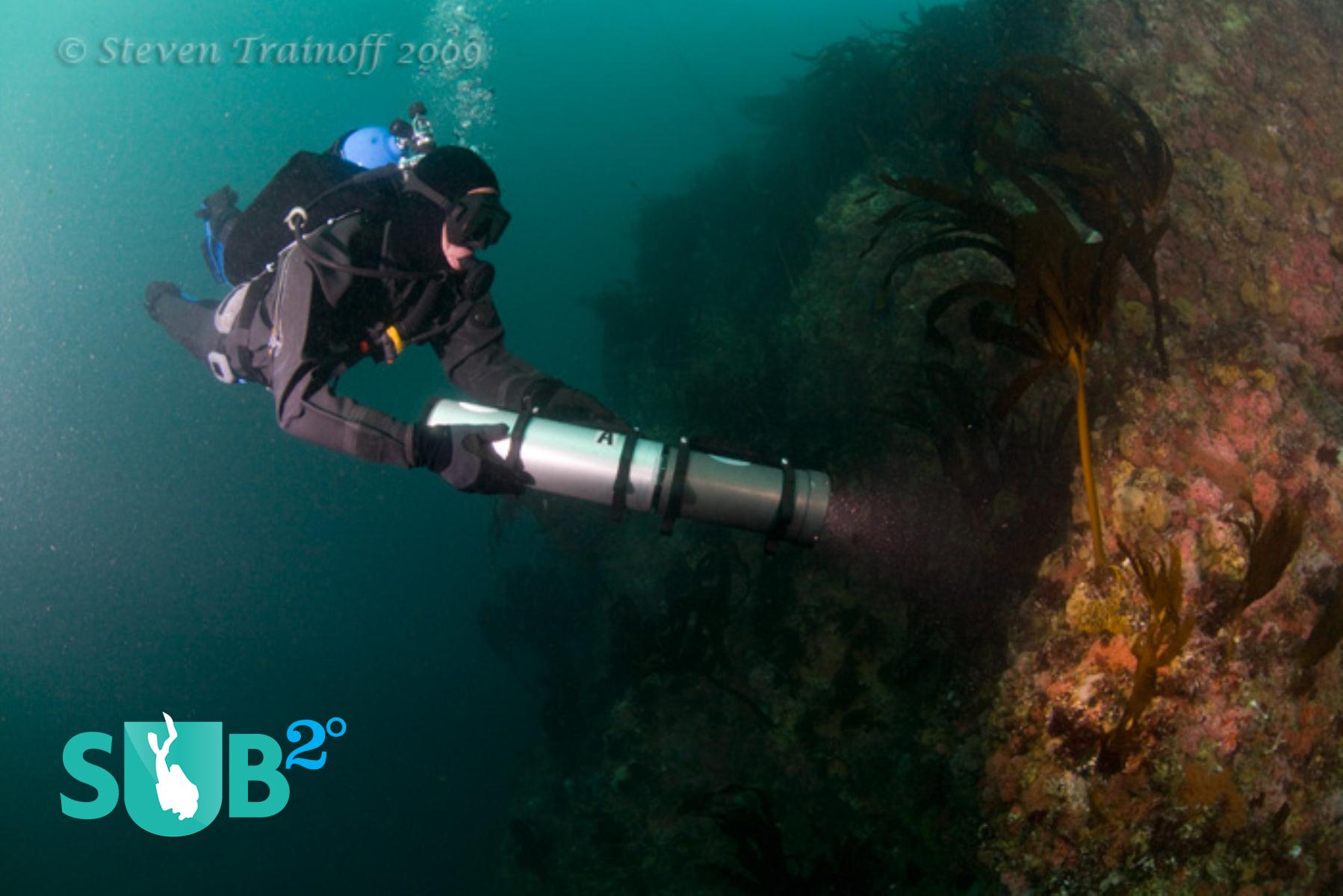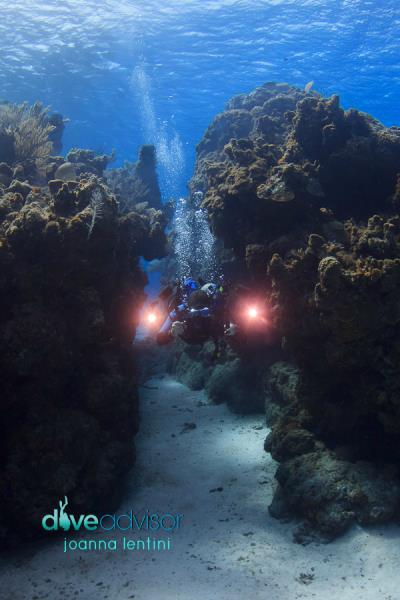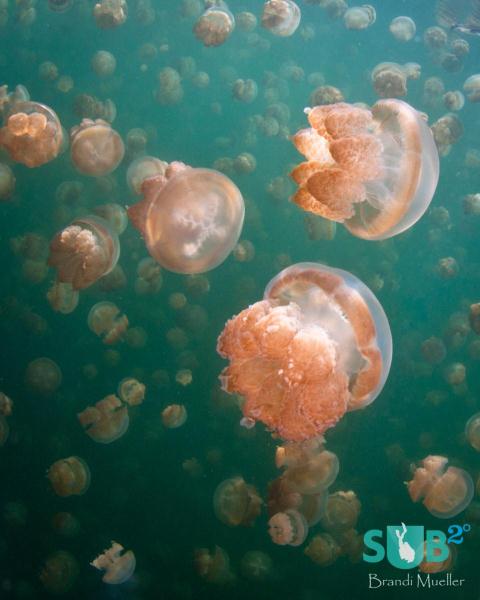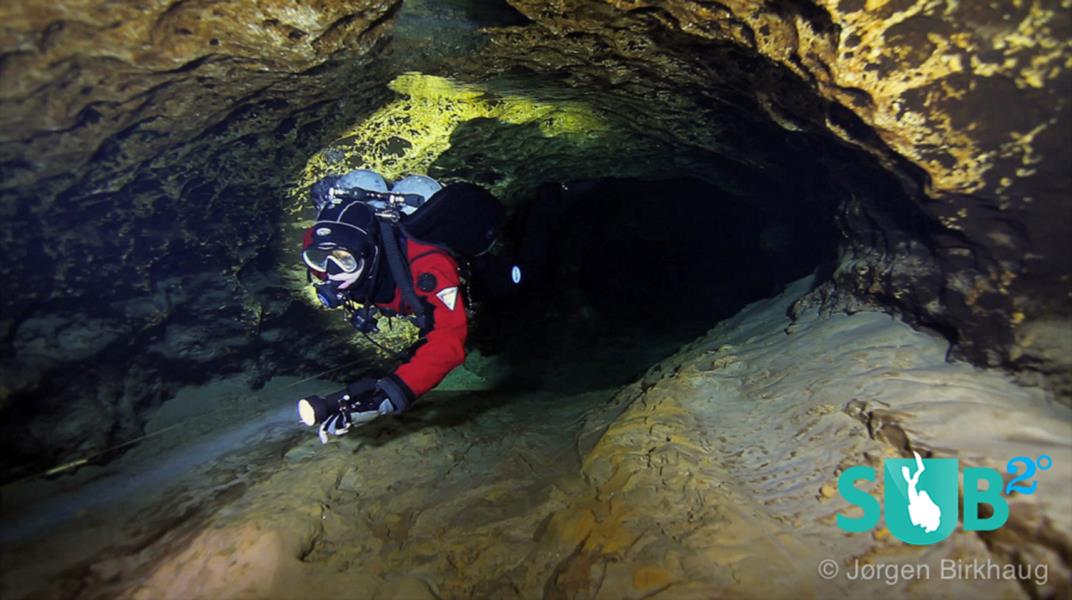
Published
Jan. 17,
2015
A Little Ray of Sunshine In Your Hand: Understanding Different Types of Dive Lights
Why Use Dive Lights?
If all you're used to seeing of coral reefs is blues, greens, and dull reds... you're missing out!
Ten or twenty meters underwater, the water filters all light to a deep blue. The coral here is just as colorful as the kind you see near the surface. It's only the light that lacks color.
On the other hand, if you've never seen the inside of a dark crevice or an overhanging ledge, you don't know what you've been missing. Lobsters the size of Saint Bernards hang out here.
The solution? Get yourself a dive light. It doesn't have to be huge, especially if you're not interested in night, wreck, or cave diving. For open water divers, you want something small that clips to your BC, where you don't have to worry about it until it's needed.
For night dives, size matters.
If you're going to be holding it in your hand all the time, go with a bigger light so you see more, get better colors, and the batteries last longer.
No matter what you're going to use them for, there are three things to look out for when shopping for lights: the light type, the underlying lighting technology, and the type of batteries used.
Dive Light Types
There are basically three types of dive lights: primary, secondary, and video.
Primary lights
Primary dive lights are the big lights used by night divers and open water divers in murky water. Canister lights, even bigger ones, are the cave and wreck divers' favorite lights. Like video lights, canister lights have a wide beam.
They are designed to last a full dive, and have to be powerful enough that you can maneuver without any other source of light. Of course, you always need to carry a backup light in case the primary fails. Primary lights can be tungsten, HID, or LED. Nowadays, they're mostly LED.
Secondary lights
Small handheld units are sold either for daytime diving use or as backup (secondary) lights. These lights are great for checking out the real colors of the coral on that 30 meter wall dive, or peering under ledges to say hi to that 20 kilo grouper.
You can even use them to get your dive buddy's attention if he or she is a little too far away. Small handheld lights are either tungsten or LED, and generally powered by disposable batteries.
Video lights
Video lights are the other type you'll see on open water dives and are quite powerful. The good ones won't have center-heavy hot spots in the beam, but a wide, even flood. All will have mounting points for attaching to a video rig. In terms of technology, video lights are generally HID or LED, and their light color is critical. Video cameras are extremely sensitive to color differences.
You want a video light that gives out pure white light in order to get eye popping colors on screen.
Dive Light Technologies
When I say "tungsten," "HID," or "LED," I am refering to the underlying technology, how they make light. There are three dive light technologies on the market. It's a good idea to understand how the different types work, even if you only ever use one.
Tungsten / Halogen / Xenon
Halogen and xenon bulbs work like regular flashlights. These lights have a fine tungsten filament inside a bulb of high pressure gas. They've been around the longest, and offer excellent color rendition.
Unfortunately, they aren't very bright.
The beam is quite yellow and doesn't penetrate far under water. The batteries also don't last very long. On the upside, they're the cheapest, sometimes by far.
High Intensity Discharge (HID)
These lights are getting harder to find. They also use bulbs, but have a small arc instead of a filament in a special gas environment. HID lights produce the color of light you see above the surface during the day, which makes them the ideal light for video recording. Color rendition with HID is as good as you can get.
The beams of HID lights travel further under water than with halogen bulbs. They are three to five times brighter per watt and consume less power. However, they're more expensive to make and less efficient than LEDs.
Light Emitting Diode (LED)
LEDs are the newest, the hottest, and probably the most popular technology on the market. You know LEDs from your computer as the little blinking red, blue, or green lights that indicate the power is on. You probably own at least one LED flashlight, even if you don't realize it.
LEDs offer by far the best efficiency of any dive light technology. That means you get brighter light and longer lasting batteries. Even a small LED based dive light will be quite bright and long-lasting under water. On the other hand, the biggest canister LED lights are blinding.
Because LEDs contain a tiny chip, they're extremely rugged. Their primary disadvantage is color, which isn't as good as HID's. LEDs tend to be a little on the blue side, so if you're shooting a video, do a comparison before your purchase.
Rechargeable vs. Disposable Batteries
Lastly, a word about rechargeable versus disposable batteries.
For the longest time, occasional divers were always told to use disposable batteries. This is still mostly true. If you dive only once or twice a year, disposable batteries are the most reliable way to know that your light is going to last the whole dive. However, if you dive a little more frequently, they can get expensive. Also they aren't particularly great for the environment. Rechargeables now look a little more attractive.
Just keep one thing in mind with rechargeables. Keep them charged in order for them to last on the shelf. Modern technology, fortunately, has gotten a bit better than the NiCds of old. So-called "ready to use" nickel metal hydride batteries like the Sanyo Eneloop series can last for a year or two on the shelf without losing a charge.
Lithium batteries are not quite as good but they're getting better. Though they should be kept plugged in to a maintenance charger when not in use, lithium batteries offer more power per volume than any other technology. This makes them a particular favorite of underwater videographers and tech divers, for lithium packs can power really bright lights for long dives.
The newest, integrated lithium battery lights are worth mentioning as well.
There are now a few handheld lights available with internal lithium batteries. These provide a ton of light for a long time, and because only the factory can charge the battery, you don't have to worry about flooding. On the other hand, you do have to send them in and pay a fee to swap out the batteries every few hundred dives.
Photography Courtesy of Steven Trainoff
Further Reading
Featured Posts
-

Zip Diving in little cayman
Have you ever wished for a little extra boost underwater? Perhaps you are exhausted and your legs need a break or maybe you would like to further propel your fin kicks to keep pace with some elusive marine life. There are ma...
-

Jellyfish Lake in Palau
Snorkel with millions of non-stinging jellyfish in Palau's Jellyfish Lake.
-

Cave Diving in Florida
Florida is one of the world’s premier destinations for cave diving and Devil’s Eye cave system should be on any cave divers list of places to dive when visiting the region.


Load more comments